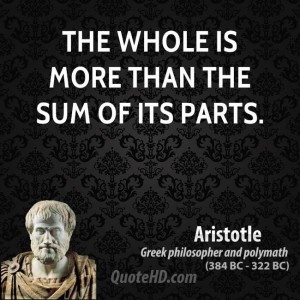 For 6 days, captors held employees hostage in a bank vault in Stockholm, Sweden, August 1973. Police finally rescued the victims and caught the criminals, but some employees defended their captors for days afterwards.
For 6 days, captors held employees hostage in a bank vault in Stockholm, Sweden, August 1973. Police finally rescued the victims and caught the criminals, but some employees defended their captors for days afterwards.
The Stockholm Syndrome describes the positive feelings that victims sometimes develop toward captors by mistaking a lack of obvious abuse for kindness.
Even after long waits, survivors of major illness are glad to be alive and thankful for their care in Canada.
Fear mongering about financial ruin and system change makes patients cling to a system that holds them captive to long waits with no easy options.
Debate centers on whether our system harms patients. It does. But, issues get dismissed as isolated, or labeled as ‘solved’ with wait-time strategies and benchmarking.
Patient harm is the wrong debate.
Holding Patients Hostage
We need to focus on what patients aren’t getting. The public doesn’t really know what they are missing. It’s up to providers to say so. When patients finally get an MRI, they’re impressed. Who wouldn’t be…for ‘free’!
People need to know we have an economy-car version of healthcare at a mid-sized price. For the same or less money, better systems can:
- Treat patients like valued customers
- Give patients choice about who they see and when
- Provide home or office visits
- Provide same/next day imaging AND results
- Offer specialist consultation within days
- Arrange elective surgery within the week with biopsy results in days
- Offer electronic access to records
- And much more…
Increased Utilization
At this point, quants (quantitative analysts) say, “But that would just drive up utilization.” Utilization equals the number of services provided. More service means more money: always bad in a publically funded system.
But, increased utilization is good if more patients get necessary care.
Quants see spikes in utilization as unnecessary care (even in the face of population growth). They assume providers offer unnecessary care when allowed, fingering providers as liars and thieves. They assume the same of patients; ergo, patients don’t deserve more care.
But, we know patients need more care; they die on wait lists currently. We also know patients would like better service; they want more value for money and prompt care options at home, not abroad.
Food Industry Analogy
Just imagine if we socialized the food industry. Groceries cost thousands per year, and many citizens are malnourished and poor. Socialized food would help. We could set prices and offer only essential items, without junk food, for free in government stores. We could make it illegal to purchase food elsewhere.
Others have tried this: state-run food industry results in no choice, long line-ups, and terrible customer service. Sound familiar?
We Need Change
Medicare was built to prevent financial ruin from acute, major health needs, before modern treatment options existed. Now, most care issues are chronic, multiple, and create arguments over the definition of ‘need’. Medicare began like collision and theft automobile insurance, but it now covers all mechanical issues: a warranty, not insurance.
We are held hostage, unable to change. We defend our captor mistaking lack of obvious abuse as kindness. We must debate whether people should be free to choose more than the bare minimum of care.
(photo credit: tripadvisor.com)


